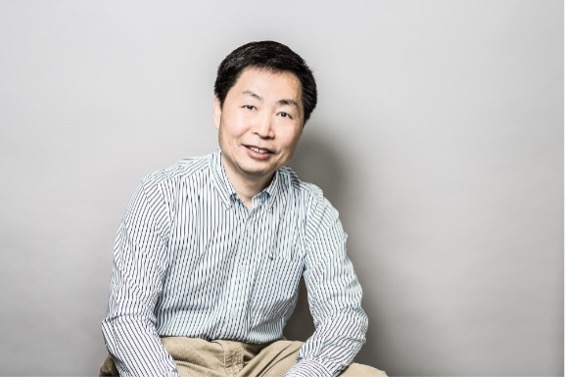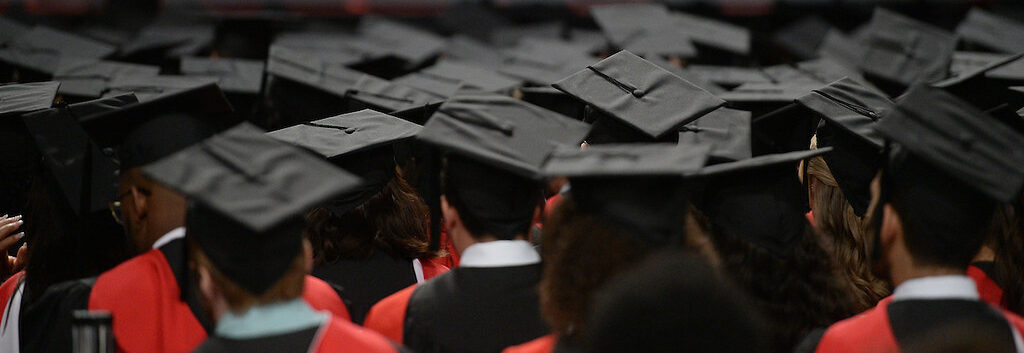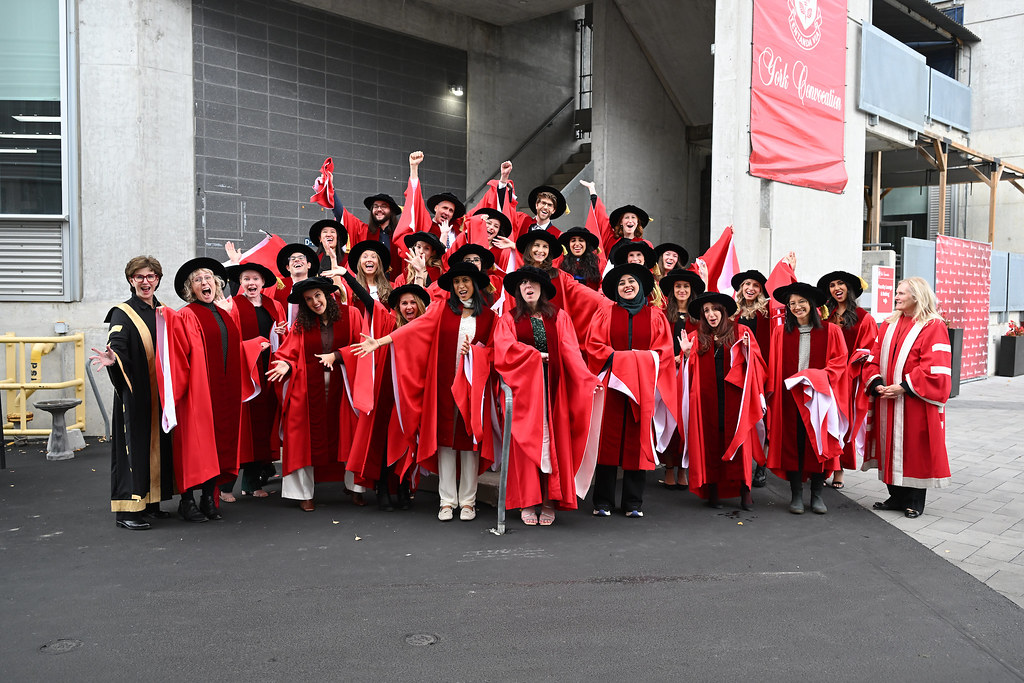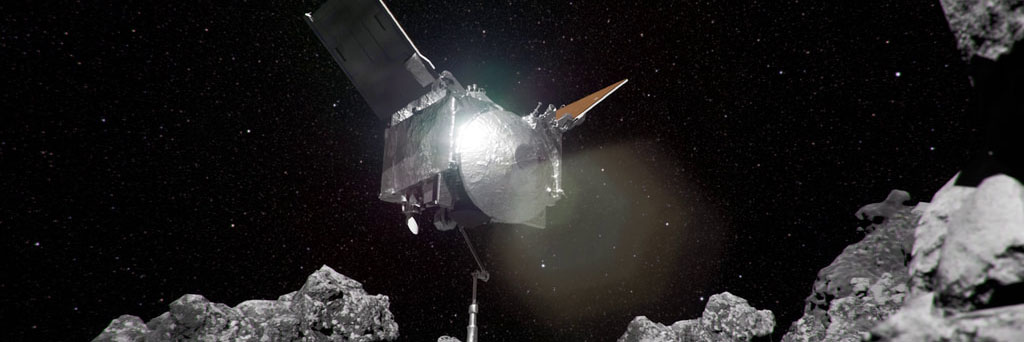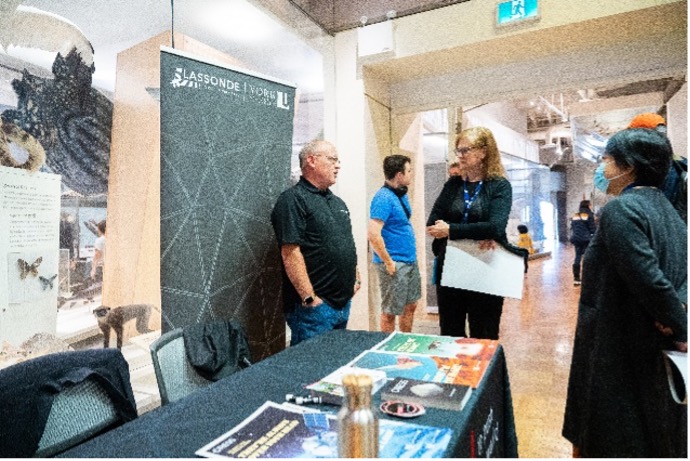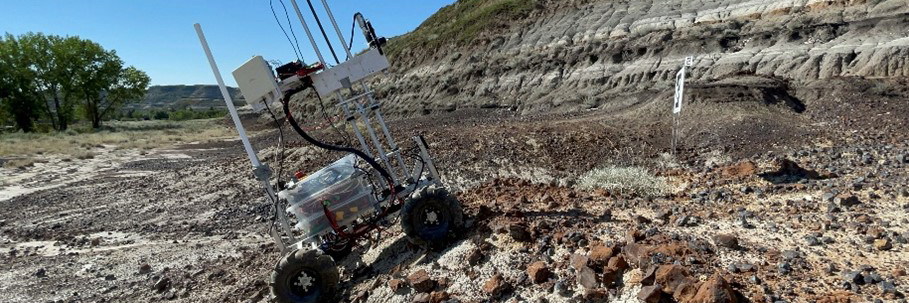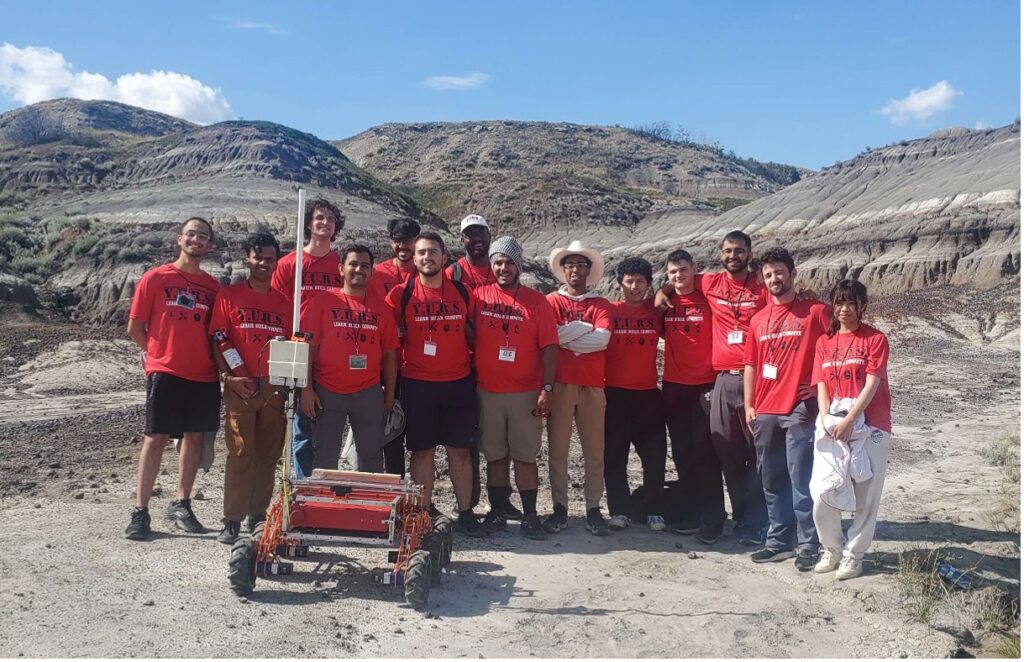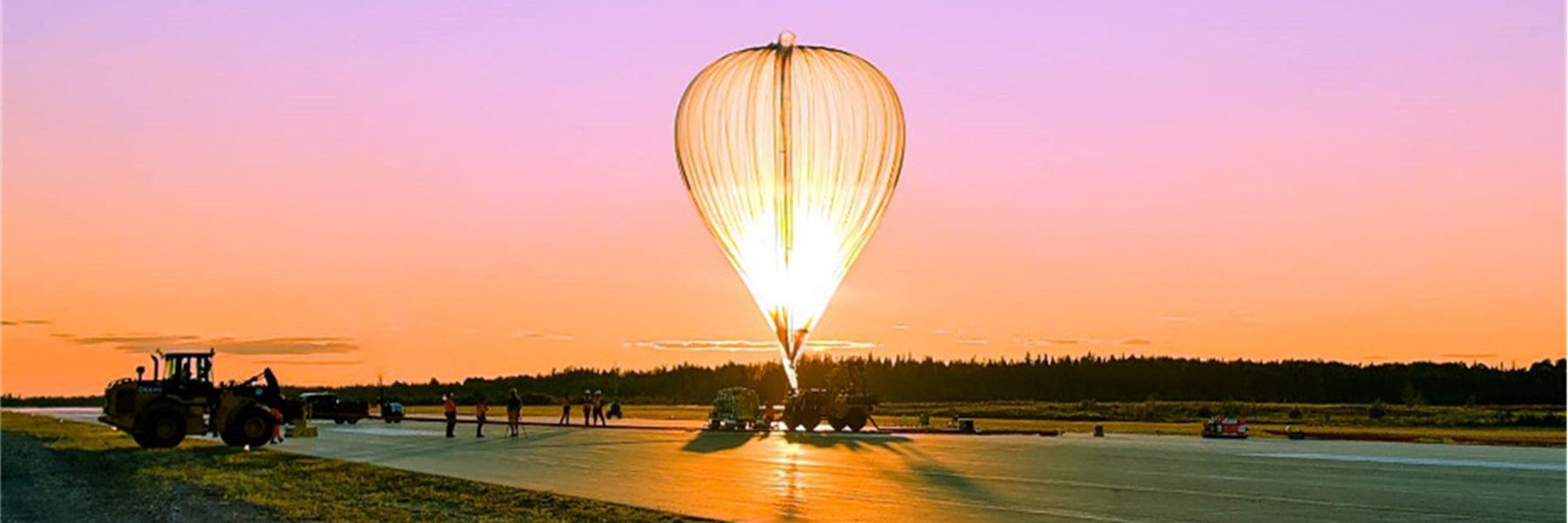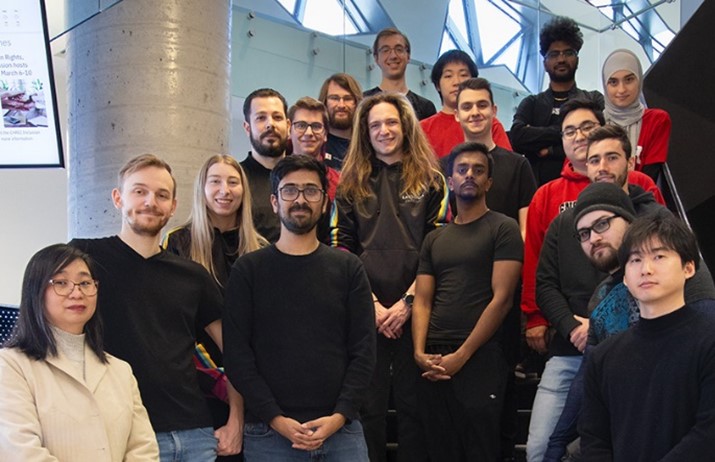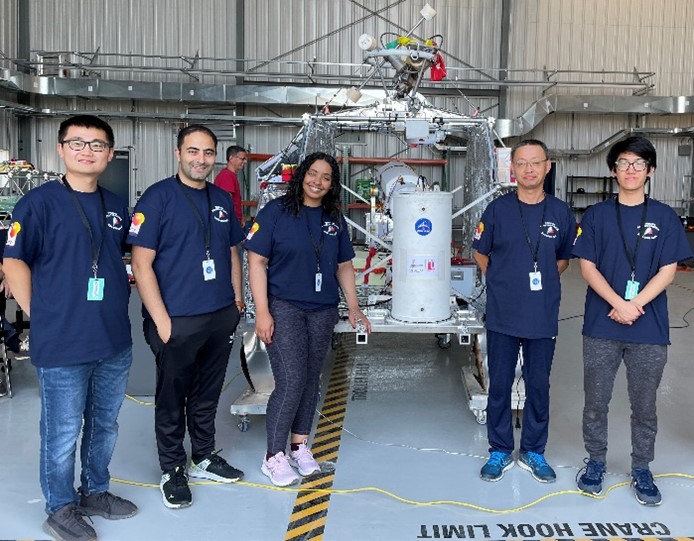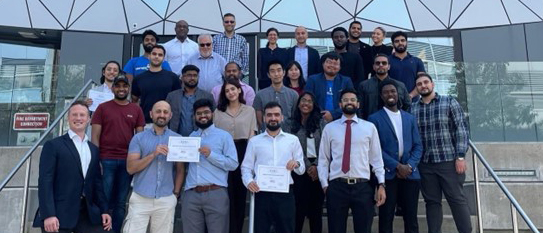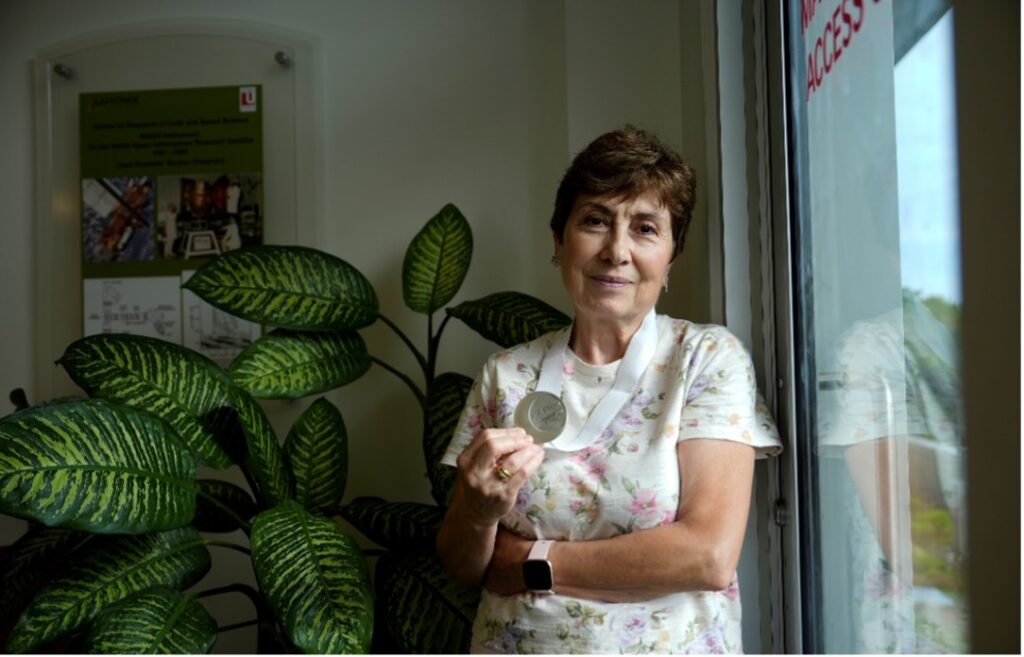By Corey Allen, senior manager, research communications
VISTA: Vision Science to Applications, York University’s first large-scale research program to receive support from the Canada First Research Excellence Fund (CFREF), will enter a new phase in 2024 after marking its seven-year milestone.
The novel program was first awarded $33.4 million from CFREF, the country’s top federal research grant, back in 2016. Since then, the VISTA program has established itself as an international leader in vision research across a wide range of real-world applications – from basic visual function to 3D imaging to computer vision and object recognition – and played a significant role in growing York University’s standout reputation in the field of vision science.
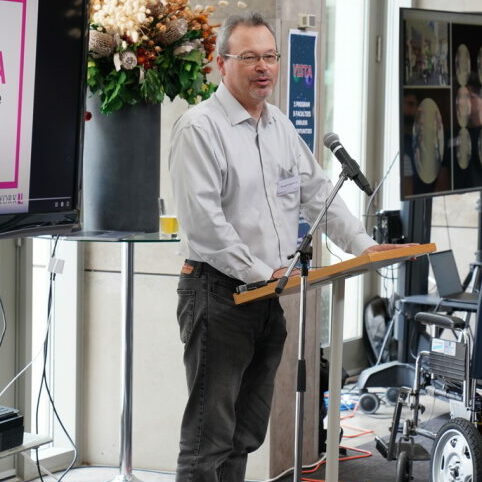
“VISTA has been a labour of love and it’s taken vision research at York to the next level,” said Doug Crawford, the program’s inaugural scientific director, who now heads up York’s second CFREF program, Connected Minds. “I believe that over these last seven years, VISTA has become the best vision research program in the world.”
With over 500 international co-authored publications, over 100 research awards, dozens of patent filings and invention disclosures, several startups, among other achievements, the VISTA program has experienced great success.
VISTA funded 18 new faculty hires and 148 postgraduate trainees, working across five Faculties, including the Lassonde School of Engineering, the Faculty of Health, the Faculty of Science, the School of the Arts, Media, Performance & Design, and the Faculty of Liberal Arts & Professional Studies.
The program’s partnership and affiliate programs resulted in more than 300 external collaborations across multiple sectors, leading to new applications in law enforcement, clinical diagnosis, art exhibits and space research.
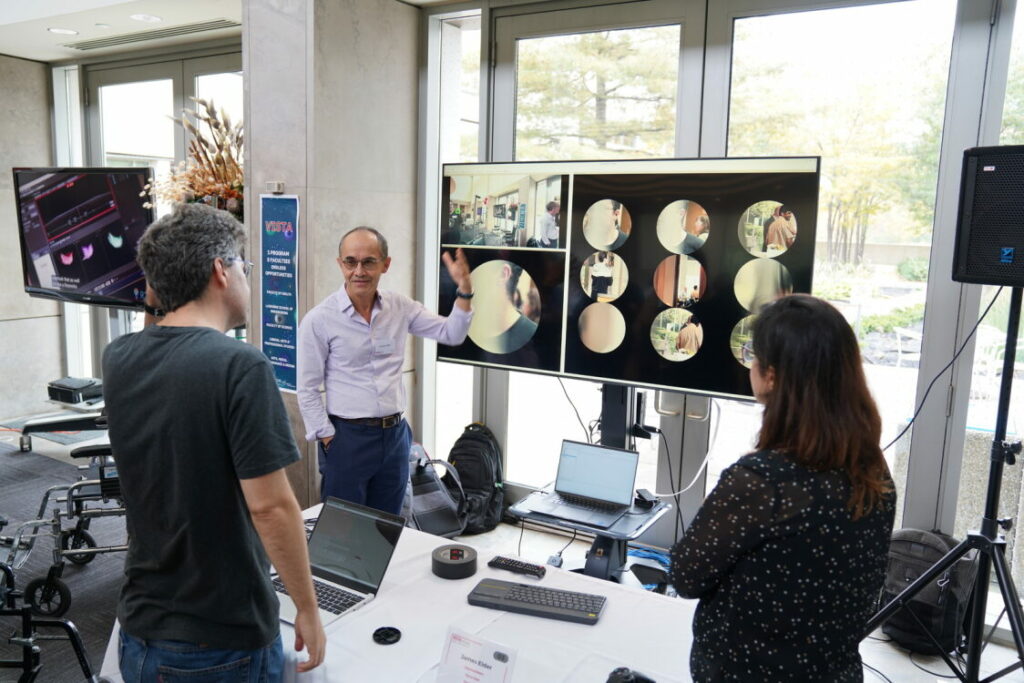
Altogether, the program’s distinguished membership, including 16 Canada Research Chairs, brought in more than $89 million of external research income, including research grants and partner contributions.
Now that the CFREF grant is coming to the end of its seven-year term, VISTA will continue to operate as part of the Centre for Vision Research (CVR) at York, where an interdisciplinary team gathers to advance fundamental research that merges techniques in human psychophysics, visual neuroscience, computer vision and computational theory.
In addition to the historic CFREF grant, contributions from the University and other external partners, the VISTA program received more than $120 million in total funding over its first seven years.
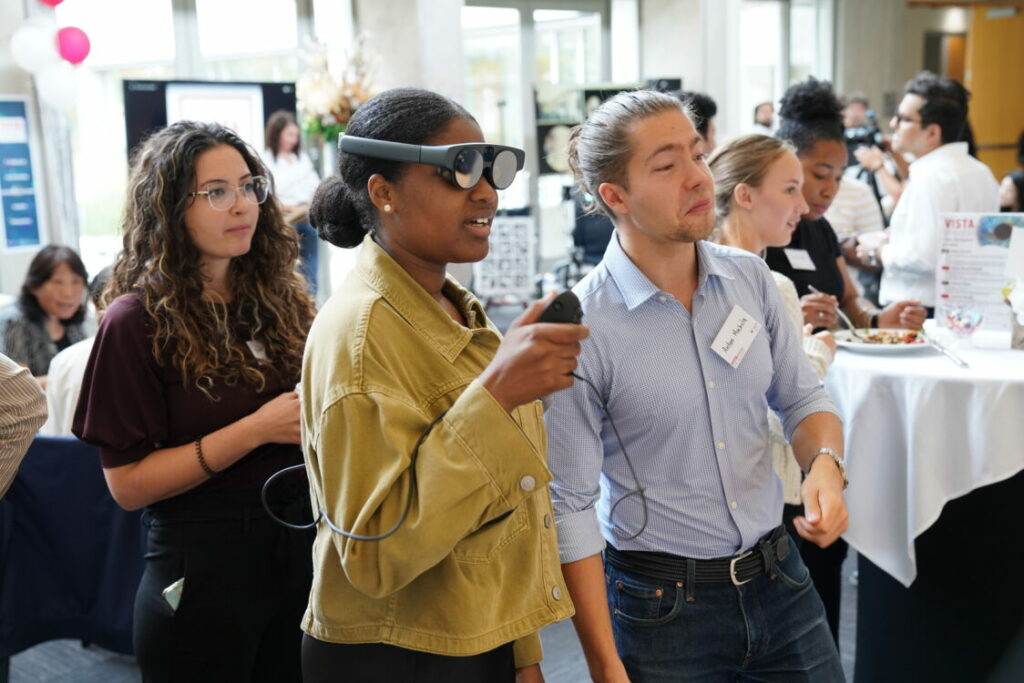
“VISTA forged strong and sustained links between vision science at York and industry partners, nationally and internationally,” said Laurie Wilcox, an esteemed vision researcher and VISTA’s new scientific director. “The program has fostered close collaborations, invested in state-of-the-art equipment and laid the foundation for a continued focus on applied vision with the Centre for Vision Research. I am excited to work with the CVR to establish this new phase of the VISTA program.”
To mark the program’s milestone seventh year and its transition, the Office of the Vice-President Research & Innovation hosted a celebration event earlier this month.
“With many of the world’s top experts conducting cutting-edge research and innovation, training highly qualified personnel, and offering academic programs in the field of biological and computer vision right here at York, the VISTA program is a crowning achievement of their research excellence, and an incredible source of pride for the entire University community,” said Amir Asif, vice-president research and innovation, speaking at the event.




